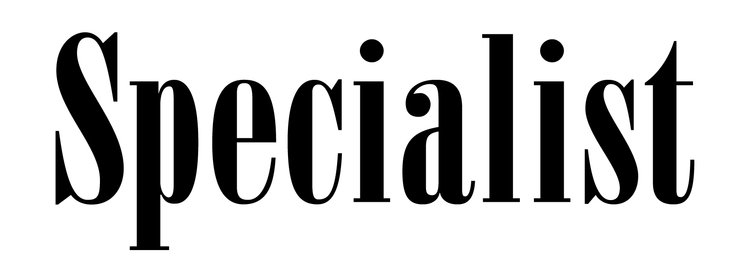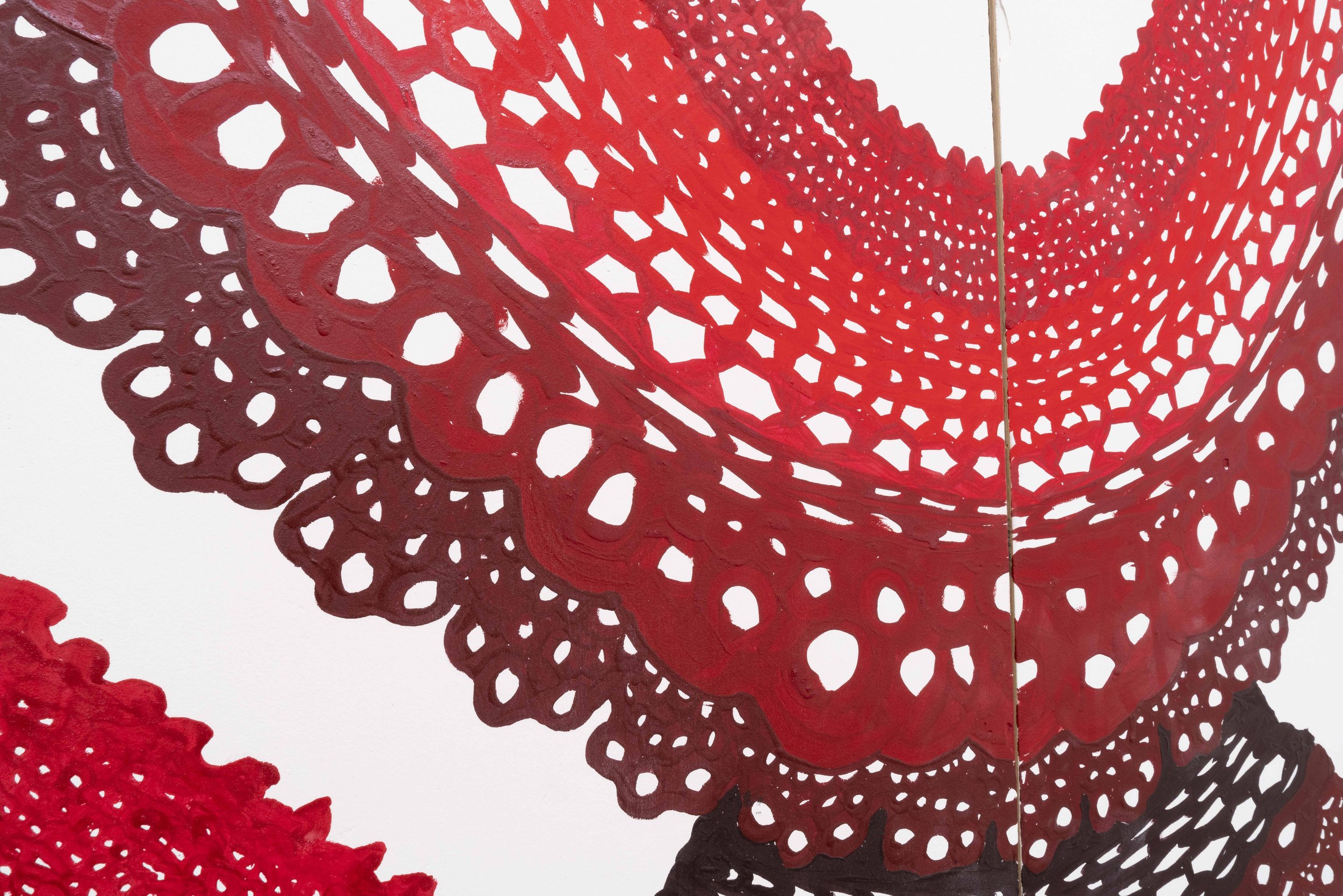September 1, 2022 - October 22, 2022 —
You Must Be Held
Opening Reception: Thursday, September 1 , 5-9PM
Gallery Hours: By Appointment on Saturdays, 12-3PM.
—
Specialist presents You Must Be Held, an exhibition by Julia Freeman.
On June 24, 2022, The United State Supreme Court ruled to overturn Roe v. Wade. This decision ended 49 years of federal protection for the right to abortion. Julia Freeman’s You Must be Held confronts this moment by examining ways that social and political institutions encode, entangle and instrumentalize expressions of tenderness and expressions of violence. You Must be Held draws on Freeman’s experiences in her roles as a settler, a teacher and a mother. The exhibition includes paintings, collages, sculptures and sound from three distinct series: Full Pattern (2015), Holding Pieces (2017) and You Must be Held/The Bodies (2022). These intimate, often collaborative artworks engage the rage and grief of being an unwilling, yet unyielding, arbiter of tenderness and violence. In You Must be Held, Freeman quietly, and often unexpectedly, invents rituals that begin to mobilize this rage through acts of self-reflection and care.
Full Pattern (2015), is a series of collages inspired by Freeman’s research into the ways that settler colonial imaginations are embedded in block quilting patterns, which have been embraced for generations within her own family in rural Missouri. In the Full Pattern works, Freeman reinvents the familiar stamps of these dizzying, domineering quilt patterns in cheap, contemporary decorative materials such as sticky foam, picnic table covers, duct tape, ribbons, markers, and paper. The titles of these collages reframe original block quilt pattern names as poetic proverbs that comment on fraught relationships between fear, defensiveness, and fragility handed down through generations of settler families. Freeman invented these hopeful proverbs in collaboration with her immediate family.
In Holding Pieces (2017), Freeman reflects on her role as an instructional assistant in a special education classroom. The compositions in these stark works are pulled from the training guides used to teach public school teachers how to restrain children with developmental disabilities. In Holding Pieces, blood red silhouettes flatten tangles of figures, reducing the didactic images to a single outline. Arrows annotate the flow of power through these abstracted vignettes. Stains bleed back and forth between the holding bodies and the held bodies.
In You Must be Held/The Bodies (2022), Freeman collaborates with her son Eris, born in 2019. These works explore the tenderness, violence, and choices of motherhood. You Must be Held, is a large diptych painted on canvas that depicts a silhouette of an intricate collar and cuffs based on a Victorian era Irish design. The tight grid reflected in this garment signals that it will both constrict and protect the woman who wears it. In The Understudy, Eris’s bold gestural forms challenge the kaleidoscopic rigor of his mother’s commentary.
A large, altar-like collage incorporates a print of Eris’s placenta along with hair, mirrors and photos of pressed flowers that Freeman received as gifts from Eris during the first three and a half years of his life. This artwork’s title, Afterglow: Bringing Down the Flowers, is a reference to miscarriages and herbal abortion practices in 18 th Century Europe.
The Bodies are handmade necklaces that Eris and Freeman created together using clay embedded with recycled decorative materials. The first set of these bodies represent Freeman’s miscarriages, her abortion, and Eris himself. After the first five they continued to make bodies together, and they invite you to take a necklace home with you when you leave the exhibition.
—
Julia Freeman grew up in a suburb outside of Kansas City, Missouri. Freeman graduated from the University of Washington in 2007 with her MFA in Fibers and has lived in Seattle for the past 17 years as an artist, curator, and teacher. Her artistic practice has critically examined civility and etiquette, the military-industrial complex, drug culture, and social media. These projects use a variety of materials and processes which take the form of installations, performance sculptures, book arts, and new media works. She is always considering ways to engage the audience in the artistic experience while archiving and examining these systems of power.
—




















